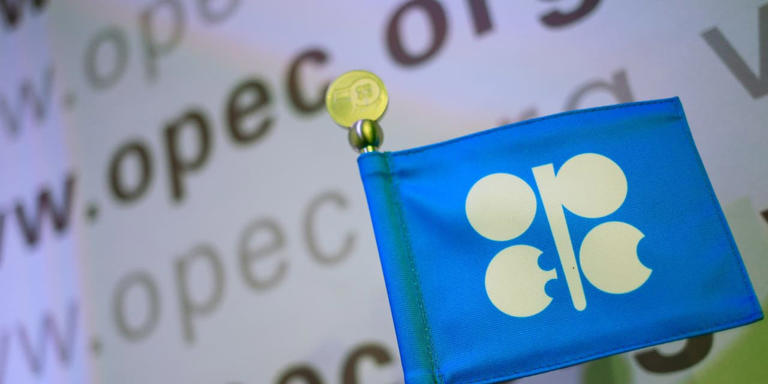On Sunday, OPEC+ convened and reached a pivotal decision to extend production cuts, a strategic move intended to stabilize oil prices amidst mounting concerns regarding global demand dynamics and the surging output from the United States. However, the nuanced aspect of this agreement was the gradual phasing out of some voluntary reductions post the third quarter, a development that could potentially exert downward pressure on crude prices, according to industry analysts.
Market expectations had largely anticipated such a move by OPEC+—a coalition composed of the Organization of the Petroleum Exporting Countries (OPEC) and its key ally, Russia. Nonetheless, the decision to incrementally reintroduce some barrels into the market commencing in the fourth quarter raised eyebrows among observers, as it could pose challenges to maintaining the recent upward trajectory of crude prices, as highlighted by Giacomo Romeo, an energy analyst at Jefferies.
Under the newly extended agreement, OPEC+ committed to maintaining longstanding production curbs totaling 3.66 million barrels per day (mbd) until the culmination of 2025. Additionally, the United Arab Emirates (UAE) is set to witness a gradual increase in its production quota, with an incremental rise of 300,000 barrels per day slated between January and September of the subsequent year.
Moreover, a round of additional voluntary cuts totaling 2.2 mbd, including a substantial reduction of 1 mbd by Saudi Arabia, was prolonged through September. These supplementary cuts are earmarked for gradual restoration on a monthly basis until the conclusion of 2025, with the flexibility to halt or reverse the phaseout contingent upon market developments.
Assessing the potential ramifications of this decision, Romeo cautioned that the gradual reintroduction of 150,000 barrels per day into the market, slated to commence from October 2024 onwards, could significantly alter the inventory balance in the fourth quarter, potentially transitioning from draws to small builds. Nonetheless, the anticipated impact on 2025 expectations might remain relatively neutral, given that most market forecasts had already factored in an eventual reversal of the voluntary cuts.
In response to the announcement, oil futures exhibited a marginal decline on Sunday night, with Brent crude—the globally recognized benchmark—registering a slight dip of 26 cents to $80.85 a barrel on ICE Futures Europe. Concurrently, July West Texas Intermediate crude experienced a modest retreat of 23 cents to $76.76 a barrel on the New York Mercantile Exchange.
Looking ahead, the effectiveness of OPEC+’s strategy hinges on the collective adherence and meticulous execution of the agreed-upon cuts, as emphasized by Stephen Innes, managing partner at SPI Asset Management. Market participants eagerly anticipate gaining further clarity on OPEC’s implementation plans during the forthcoming meeting, scheduled for December 1. Additionally, the extension of voluntary cuts presents an opportune window for non-OPEC+ producers to leverage prevailing market conditions without immediate concerns regarding heightened competition, according to Innes.
